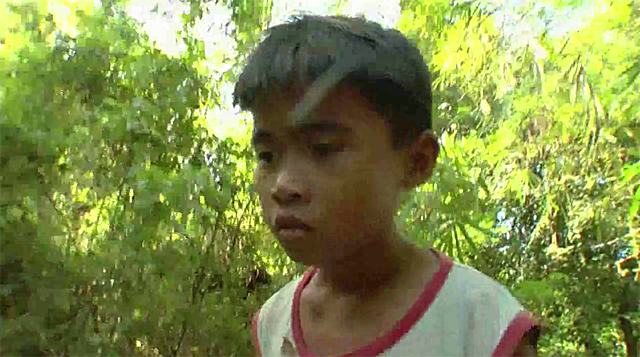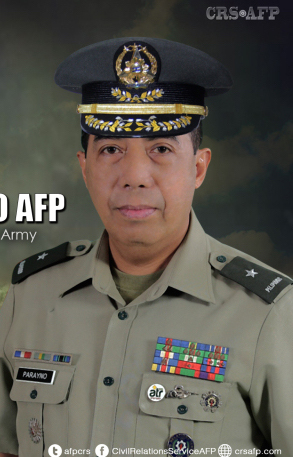Units of the Philippine Army, aided by army engineers, have just completed a road that should benefit some of the Buid people of southern Mindoro Island. A report by a Philippine news agency on August 30 indicated that one of the primary purposes of the road is to provide access to market services for the local Mangyan communities.

The news article identifies the beneficiaries of the new road only as “Mangyans,” the generic name for all the indigenous societies of the island. But judging by the maps in Thomas Gibson’s book Sacrifice and Sharing in the Philippine Highlands: Religion and Society among the Buid of Mindoro, the Mangyans in question would appear to be Buid. The new road has been constructed from Barangay Formon-Tawas in Bansud town south 9 km. to Barangay Malo in Bongabong town. Gibson did his fieldwork in Ayfay, in Bongabong.
Governor Alfonso Umali, plus army officers and local officials, participated in the soft opening of the road on August 25. The governor said in his comments that while the road project used to be a dream, it was now a reality. The project started on January 24th when a Memorandum of Partnership Agreement was signed by the army and the local governments involved.

Major General Rhoderick M. Parayno, commander of the 2nd Infantry Division, said that the construction of the road would help alleviate the conditions of the disadvantaged people living in the area, especially the local Mangyans. General Parayno went on to say that the Buid “can now bring to the markets their agricultural products easily and at the same time the [local government units] can now easily deliver the basic services and programs to the Indigenous People in the area.”
Another army officer, Brigadier General Antonio G. Parlade, Jr., from the 203rd Brigade, spoke about the support the army needed from local residents and other stakeholders in the project. He said that the NPA terrorists were eager to stop the project because, in his view, it might hamper their recruitment in the area. “We must be united in protecting this community development project,” Gen. Parlade said.
Their attitudes toward the Mangyans are quite different from the approach taken by the army in 2011. On April 15th that year, according to a contemporary news report, army personnel stormed into a Mangyan Day unity gathering in a military truck, brandishing their rifles. They were clearly trying to intimidate the Buid and the other Mangyans, who were gathered to discuss common issues such as land rights, mining in their territories, and relationships with Filipinos. The soldiers stayed most of the day. Some of the Mangyans melted away to avoid confrontations, their historic pattern, but others stayed, a change in their relationships to authority figures. But if the news report of two weeks ago is to be believed, the army, led by far–sighted officers such as the two generals mentioned, may also be changing its approaches to the peaceful, indigenous people.